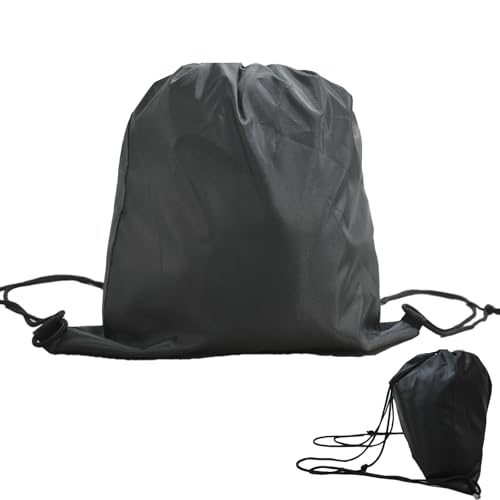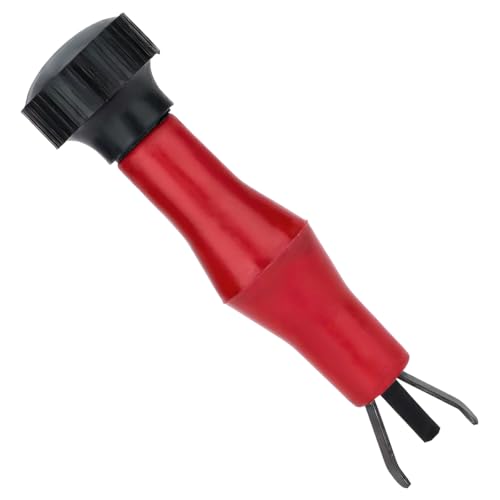Dry Brining - The idea is that you get the salt part of your rub on early so it can be absorbed into the meat. Then the rub you put on for flavor before cooking has no salt in it.
~~~~~~~~~~~~~
Well, I had an interesting cooking session on Saturday, and I think that I learned a few things. You will recall that I planned to use charcoal only (no added smoking wood) and that I used the Kingsford Apple Wood Charcoal briquettes.
I found that I could fit the entire 15 pound bag of charcoal into my new 12 x 12 x 6" charcoal basket, and that was
almost enough fuel to last through the entire 6 hours of cooking. I did add a little extra regular Kingsford blue towards the end of the ribs' crutch time (while it was still wrapped so no ash would get on the meat) so that I'd have enough fuel for the final push.
I was very surprised by the amount of smoke generated using just the charcoal, bot the Apple Wood enhanced and the plain blue generate a lot of smoke as the charcoals are getting lit. And this was
not smoke of the desirable thin-blue variety. Because I was using a "Minion" approach with the large basket, which has a lot of unlit charcoal, the first ~2-3 hours of cooking produced a steady plume of heavy white smoke from the pit's exhaust. After all the coals were completely ashed over the heavy smoke subsides. Then when I added some more unlit blue briquettes to the top at the 4.5 hour mark, back came the heavy white smoke again.
I had previously thought that the white smoke I was getting in my UDS was from the liberal number of wood chunks I had added to the basket. Now I'm starting to think that it was just the charcoal briquettes all along.
Another observation is that, compared to the sweet smell of wood smoke that I can get when using a propane burner for heat and wood chunks in a cast iron fry pan for smoke, the smoke from the charcoal briquettes has a slight sour smell to it. I suspect that may be sulpher from the small part of the briquettes that is made of mineral coal.
Both the ribs and pork loin were cooked to perfection. The 6 lb loin was done (143 internal) in 2 1/2 hours, so it was wrapped and sat in a Faux Cambrio to finish, until the ribs were ready. The ribs received a modified 3-2-1. Modified because the last time I thought that they were a bit mushy with a full 2 hour crutch. So this time I cut the crutch time down to 1 1/2 hours and made the final step 1 1/2 hours for a firmer bark. That seemed to work very well.
We had guests for dinner Saturday, and everyone really enjoyed the meal. They said they were the best ribs they had ever had, better than at any of the local BBQ joints. Since we were so busy enjoying ourselves (there may have been some adult bevs involved) there were no Que-View photos taken. (sorry
)
I still detected a "rough" component to the smoke flavoring that I would like to get rid of, and I'm starting lean to the idea that it is caused by using charcoal, not by creosote from the smoking wood as I had envisioned. When I mentioned that flavor to my guests they said they didn't taste it, but you know that the cook is always the toughest food critic.
Next time I am going to try using only straight lump charcoal, no briquettes at all, and adding a small amount smoking wood to the basket. I can always fall back to using the propane burner and wood chunks, but I want to see if I can get as good results with charcoal.
































































